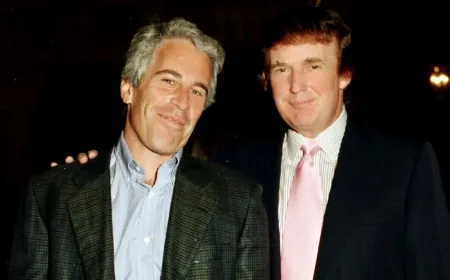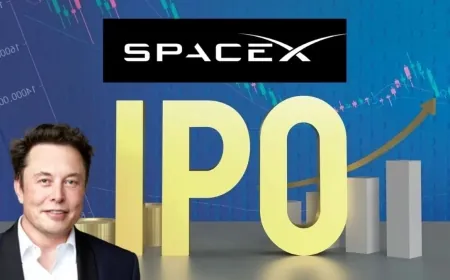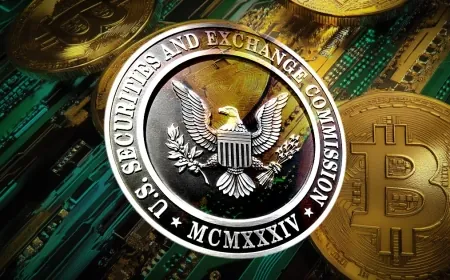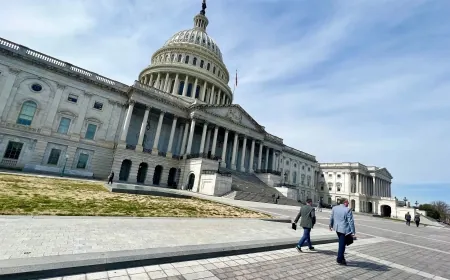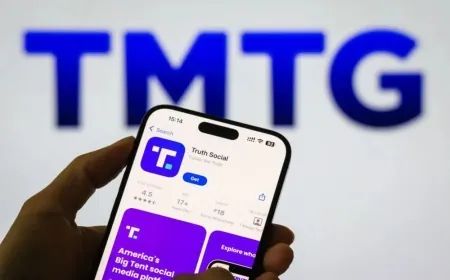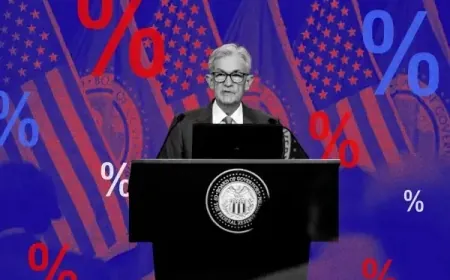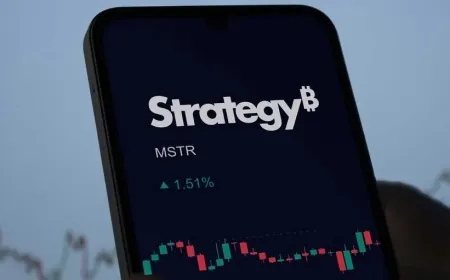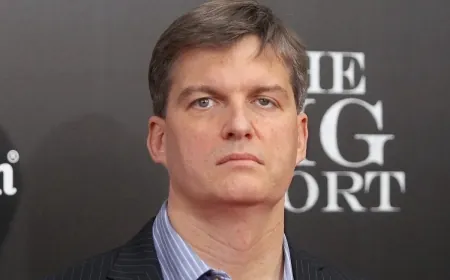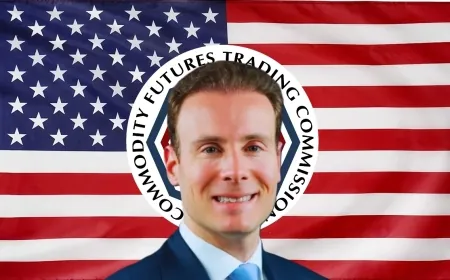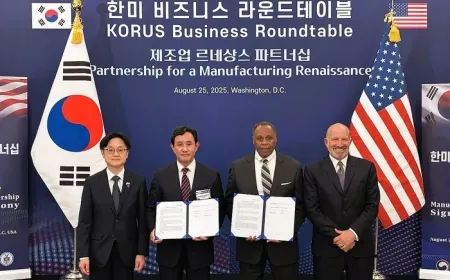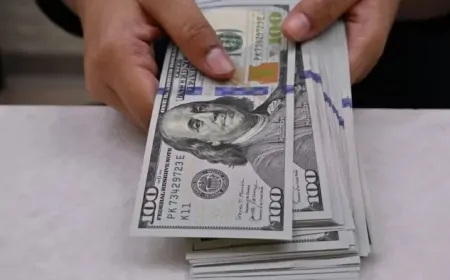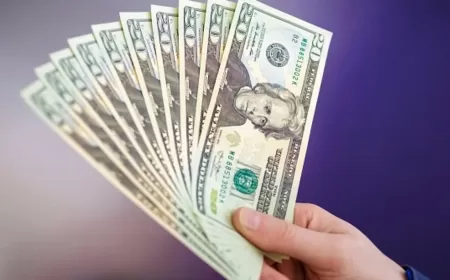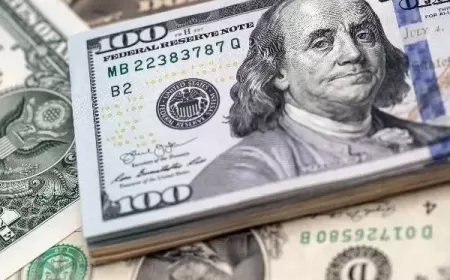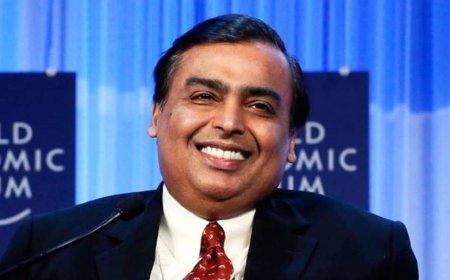Trump Announces 25% Tariff on India from August 1 Over Russia Defense Ties
Donald Trump announces 25% tariff on all Indian imports starting August 1, criticizing high tariffs and military deals with Russia. India yet to respond.
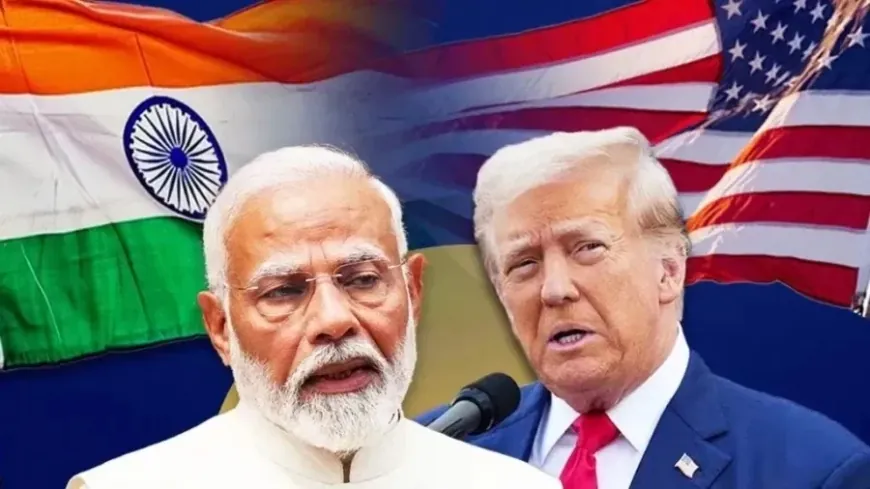
Donald Trump stated on Wednesday that the United States will begin imposing a 25% tariff on goods imported from India starting August 1. The move comes amid stalled negotiations and growing frustration voiced by the president trump over India’s longstanding tariff policies and defense relationships with Russia.
Speaking on his Truth Social platform, Trump said, “India has been a good friend, but India has charged basically more tariffs than almost any other country.” The remark highlights Trump's recurring criticism of what he views as lopsided trade arrangements, particularly with nations that benefit from American market access while imposing high barriers to U.S. exports.
Tariffs Tied to Military Procurement, Not Just Trade Imbalance
While economic concerns were at the forefront, Trump’s message also targeted India’s foreign policy choices—specifically its continuing purchases of Russian military equipment. "ALL THINGS NOT GOOD! INDIA WILL THEREFORE BE PAYING A TARIFF OF 25%, PLUS A PENALTY FOR THE ABOVE, STARTING ON AUGUST FIRST," he declared in a post that appeared to link economic penalties to geopolitical conduct.
India, which has historically relied on Russian military systems ranging from fighter jets to missile defense platforms, has faced increasing scrutiny from Washington for maintaining those defense ties, especially after Russia's actions in Ukraine. Trump’s statement appeared to signal that future U.S. trade policy under his leadership could serve as a tool for exerting broader diplomatic pressure.
No Extension: Deadline Stands Firm
Trump made it clear that there would be no flexibility on the August 1 deadline. "THE AUGUST FIRST DEADLINE IS THE AUGUST FIRST DEADLINE — IT STANDS STRONG, AND WILL NOT BE EXTENDED. A BIG DAY FOR AMERICA!!!" he wrote, closing the door to any last-minute negotiations or diplomatic interventions that could potentially delay the tariff hike.
President Trump has been emphasizing tariff increases as a key policy platform in his campaign, promoting them as mechanisms to safeguard U.S. industries and reduce trade deficits. According to sources familiar with the administration’s strategy, a 15% tariff "floor" is being set for countries without bilateral agreements—India now joins the ranks of those being moved to the higher tier.
India-U.S. Trade Relationship Faces a New Test
India is among the fastest-growing trade partners for the U.S., with annual bilateral trade crossing $190 billion in recent years. While sectors such as IT services, pharmaceuticals, and automotive parts dominate Indian exports to the U.S., the new tariff threatens to sharply increase costs for importers and disrupt existing contracts.
For Indian exporters, the sudden imposition of a 25% tariff could cause a significant dent in competitiveness, particularly in labor-intensive sectors such as textiles, processed foods, and leather goods. Companies that rely on the U.S. market to sustain margins may have to rethink pricing structures or even halt shipments altogether if margins shrink beyond viability.
Analysts say the timing of Trump’s tariff decision is particularly consequential as Indian firms had been hoping to expand U.S. market share in the aftermath of COVID-related disruptions and global supply chain realignments.
Geopolitical Undertones Deepen Trade Policy Divide
Trump's remarks about India's military purchases from Russia introduce a new layer of complexity. While economic sanctions and trade penalties are not uncommon tools in U.S. foreign policy, linking a broad trade tariff to military alignment is relatively rare in public declarations.
India has long defended its military procurement decisions on the grounds of national security autonomy and the operational familiarity of Russian equipment in its armed forces. However, under growing U.S. scrutiny, India has also attempted to diversify its defense portfolio, including increased purchases from American firms like Boeing and Lockheed Martin. Despite that, the pace of transition remains a sticking point for Washington.
Trump’s framing of the tariff as both an economic and punitive action indicates a new direction that intertwines diplomatic disagreements with trade enforcement.
China Talks Yield No Delay, Europe Pushes for Last-Minute Deal
As the deadline approaches for India, the U.S. is also in parallel trade talks with China and the European Union. American and Chinese officials completed their third round of negotiations in Sweden on Tuesday. While officials from both sides said progress was made, no announcement has been made regarding any extension of the current tariff suspension set to expire on August 12.
Treasury Secretary Scott Bessent commented that President Trump alone would make the final decision on extending the current trade pause with China. The suspension was initially introduced in April following reciprocal tariffs that caused market volatility and disrupted trade flows.
In Europe, the U.S. is on a fast track to finalize a major trade agreement with the EU. The draft proposal reportedly includes a 15% base tariff on most EU exports to the U.S., marking a significant shift in transatlantic trade relations.
However, not all leaders within the European Union are aligned. German Chancellor Friedrich Merz labeled the deal a "half-baked fix," while French politician François Bayrou criticized the bloc’s negotiating position, calling the concessions a sign of "submission."
Impact on U.S. Consumers and Supply Chains
The 25% tariff on Indian imports will inevitably have repercussions for U.S. businesses and consumers. Several categories of goods, including generic drugs, car parts, specialty textiles, and IT components, have become integral to American supply chains. Increased import duties could lead to price hikes, shortages, or both.
Retailers and industry associations have warned in the past that sudden tariffs can destabilize business forecasts and inventory planning. With no exemption window or grace period announced, businesses reliant on Indian imports may have little time to adjust or seek alternative suppliers.
India Yet to Respond Publicly
As of Wednesday night, the Indian government had not issued an official response to Trump’s tariff declaration. However, diplomats and trade analysts expect some form of response in the coming days, especially if the tariffs begin to materially affect high-volume export categories.
India may either seek formal consultation or retaliate with its own measures, depending on how the U.S. Trade Representative’s office implements Trump’s directive. Talks between the two countries had shown some promise earlier in the year, but appear to have lost momentum as geopolitical concerns took center stage.
Trade Pressure, Not Campaign Theater, Behind India Tariff Decision
Donald Trump’s threat to impose a 25% tariff on Indian goods beginning August 1 has little to do with campaign rhetoric. As sitting president, Trump is no longer speaking from a podium as a candidate—he’s acting from the Oval Office, and his latest move reflects a shift from political posturing to policy enforcement.
His message was blunt: India’s continued arms and energy ties with Russia will come at a cost.
By tying trade penalties directly to New Delhi’s defense relationship with Moscow, Trump is wielding tariffs not just as an economic tool but as diplomatic pressure. India, long viewed as a strategic partner by Washington, now finds itself publicly challenged by a U.S. president who is unafraid to breach diplomatic norms when it serves his geopolitical agenda.
This isn’t about election points—it’s about reshaping the rules of global partnership. Trump is making clear that military neutrality in conflicts involving U.S. rivals is no longer consequence-free. For allies doing business with Russia, the White House is drawing lines—and putting money behind them.
Also Read: Trump Administration Warns U.S. Companies: Dodging Tariffs Could Lead to Criminal Charges
